
russ
-
Posts
3,086 -
Joined
-
Last visited
Content Type
Profiles
Forums
Gallery
Events
Posts posted by russ
-
-
-
-
Given the rig, I would say no fighting top on the mainmast. Perhaps on the foremast. Generally schooners would not have had platforms up there, but since she was a naval vessel, an argument could be made for the fighting top on the foremast. I have never seen a fighting top on a mast without square sails set on it, but some research might discover something.
Russ
-
-
-
-
-
- mtaylor, tadheus, michael mott and 2 others
-
 5
5
-
-
-
-
I whole heartedly agree with Pete's assessment. mid to late 19th century, packet ships, brigs, and brigantines, especially those in the 200-500 ton range were immensely important to the development of ocean going commerce and they would make wonderful modeling subjects.
Russ
-
John:
Thanks. I should have mentioned that these pre milled materials require only a few basic hand tools. No power tools required. Most of what is needed is already in the modeler's tool kit that most of us have accumulated over a few years.
Russ
- mtaylor and michael mott
-
 2
2
-
Mark:
Thanks. These skiffs were used for just about everything. They used them to tong oysters, from which to cast a small seine net for shrimp and other fish, etc. Many people had them just for transportation. They could haul light loads here and there as well. Some were larger and wider, but this 14 ft variety was very popular. There are not many of the older boats left because of changing times, storms etc. When I surveyed skiffs along the coast back in 2000, I could only find 6-7 examples.
This boat would have been a good rowing skiff, although there were quite a few sculled. Here is a skiff that was set up for sculling. Note the notch in the transom.
Russ
-
John:
Thanks. This is one of those projects that can be done in a week or two. I like to build these every once in a while just to take a break from whatever else I am doing. I know it is nothing new and not very exciting, but this is a good way to get out of the doldrums sometimes.
Russ
- michael mott, markjay and mtaylor
-
 3
3
-
Just a few notes on this model. The plans were drawn in CAD and be scaled to any size. The wood all comes from Hobby Lobby. It is all premilled sheet and strip wood. Nothing fancy here, but it can be made into a nice looking model. The paints were all Artist's acrylics except for the Minwax stain and sealer for the oars. For about $50, I can make 1/2 dozen of these skiffs, all painted and fitted differently and to any style I choose. Not a bad way to use some spare time.

Thanks for looking in. I appreciate it. Please let me know if there are any questions.
Russ
- mtaylor, michael mott, markjay and 2 others
-
 5
5
-
- Seventynet, gerty, KenW and 8 others
-
 11
11
-
Here are a few detail photos. The oarlocks were soldered brass wire and strip. They were painted grey. The oars were made with a few pieces of dowel and some sheet wood for the blades. The handles had a slot cut into their ends where the blade was fitted. Everything was shaped with sand paper and then stained and sealed. These could be painted as another option.
The painter was from some of Chuck's rope from Syren Ship Models.
- KenW, michael mott, mtaylor and 5 others
-
 8
8
-
- mtaylor, michael mott, Seventynet and 6 others
-
 9
9
-
-
-
-
Bob:
Thanks. There are a number of different options. This one is a typical work boat. White topsides with red bottom and a dark green interior. The one I have on the bench right now will be the same outer scheme with a grey interior. I might use side frames on the inner hull on this one.
You can also make a boat that is more pleasure than work. Length plank the bottom with full internal framing and perhaps use a different paint scheme. The seats can be done differently as well. In the boat with internal framing, the seats can sit on an internal stringer that mounted on the side frames. No well on that boat. I can also fit that boat with a cat rig and a centerboard case. Maybe I would like to dress it up a bit with a natural finish and put in all the fastenings. There are a lot of options if you think about it a bit.
Russ
-
- WackoWolf, Cap'n Rat Fink, gerty and 5 others
-
 8
8

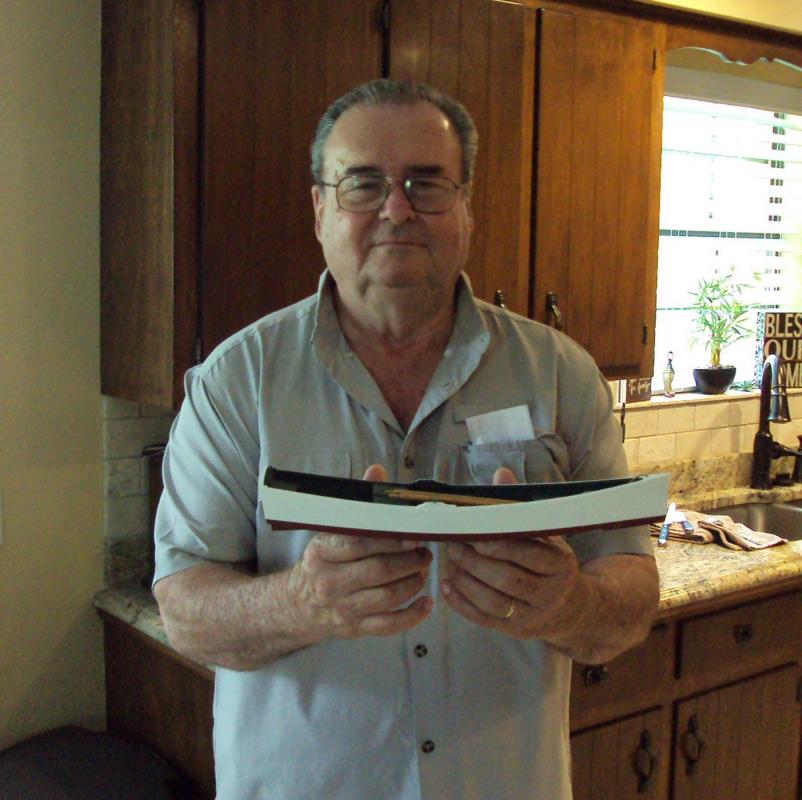
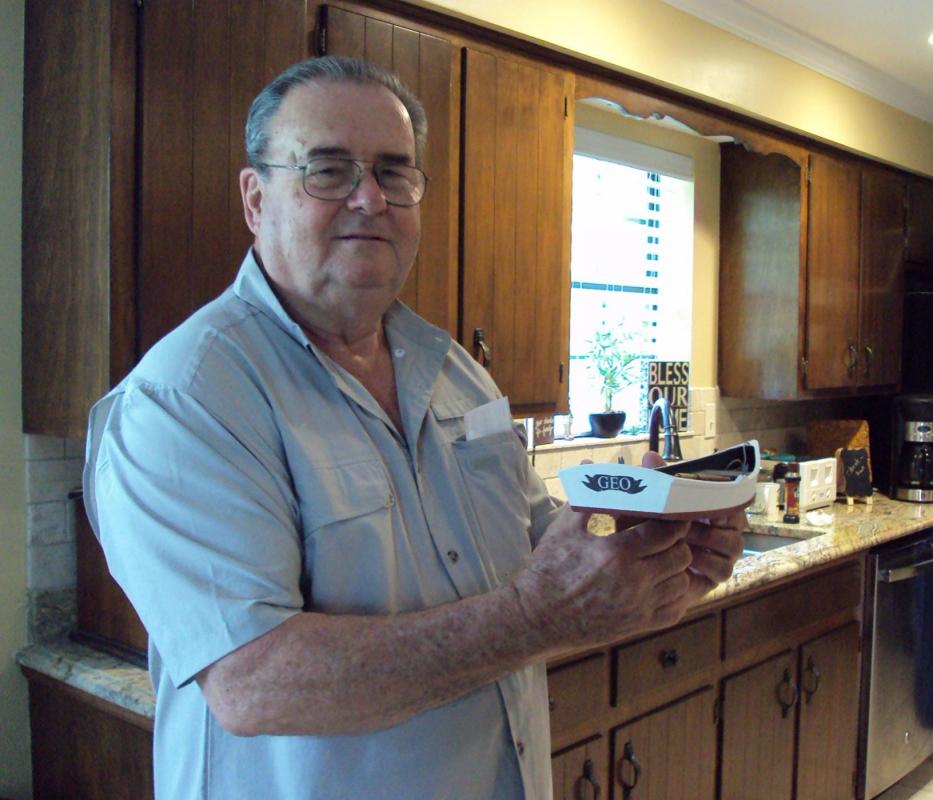
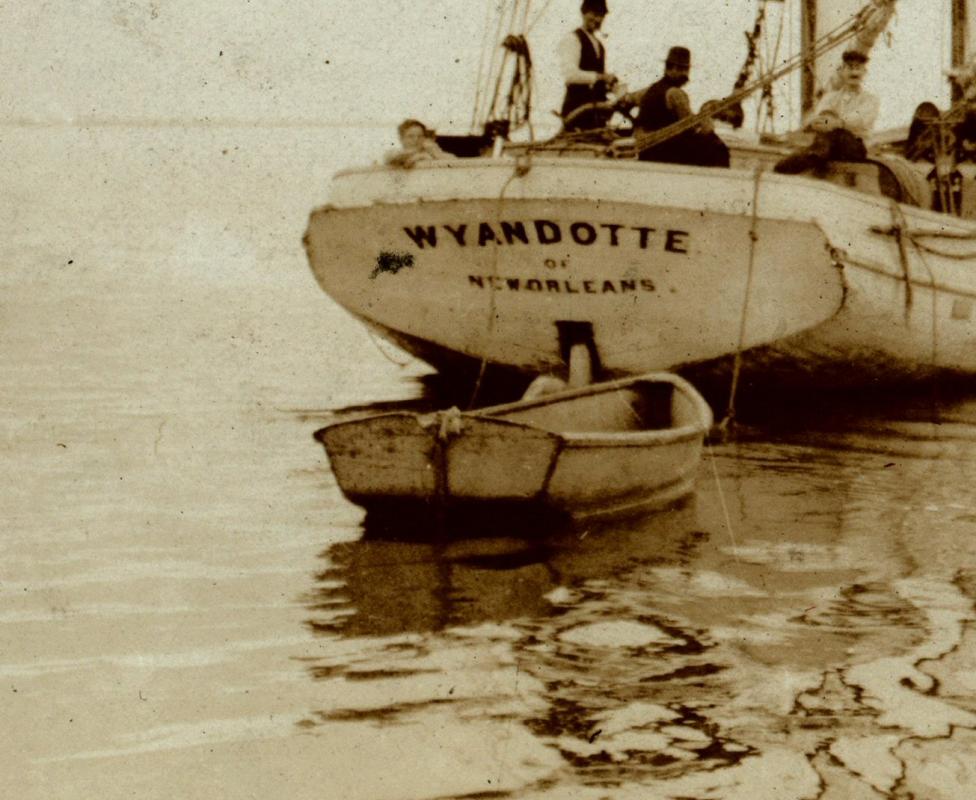
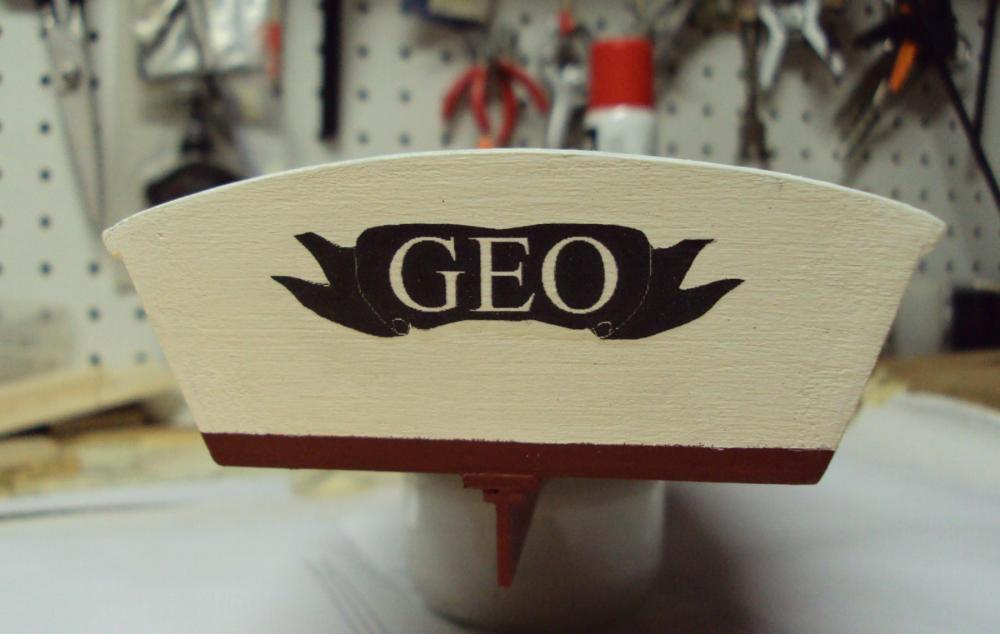
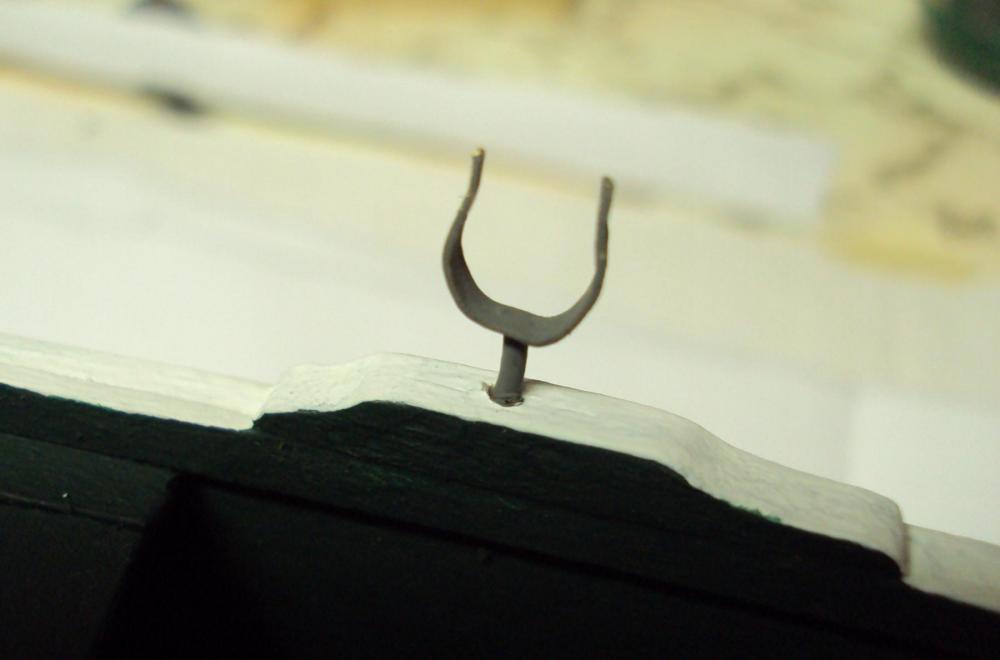
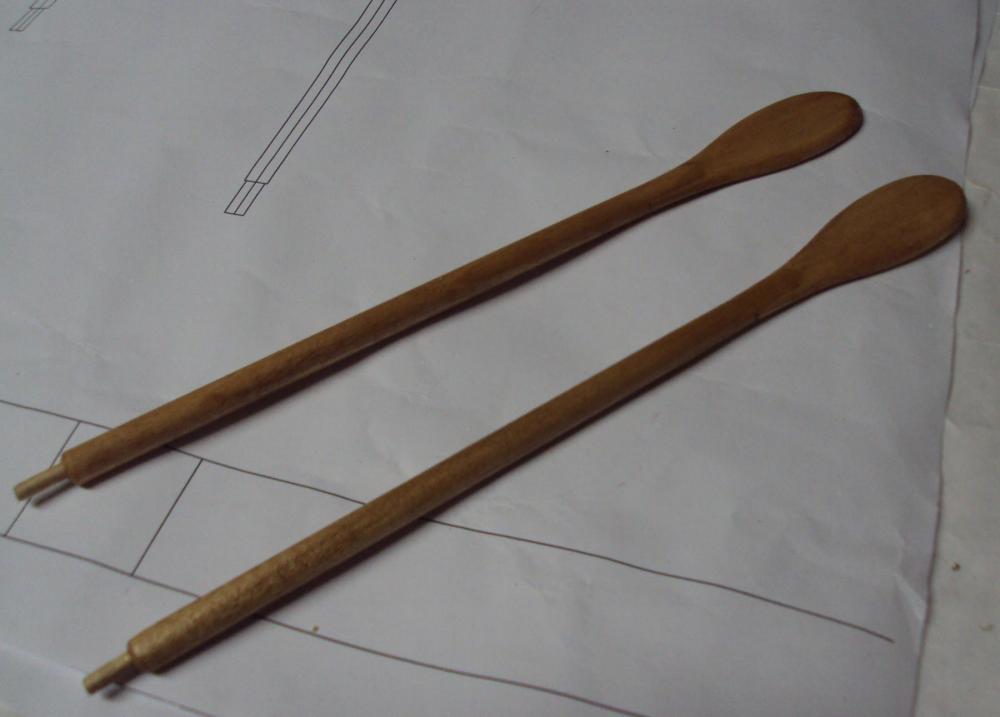
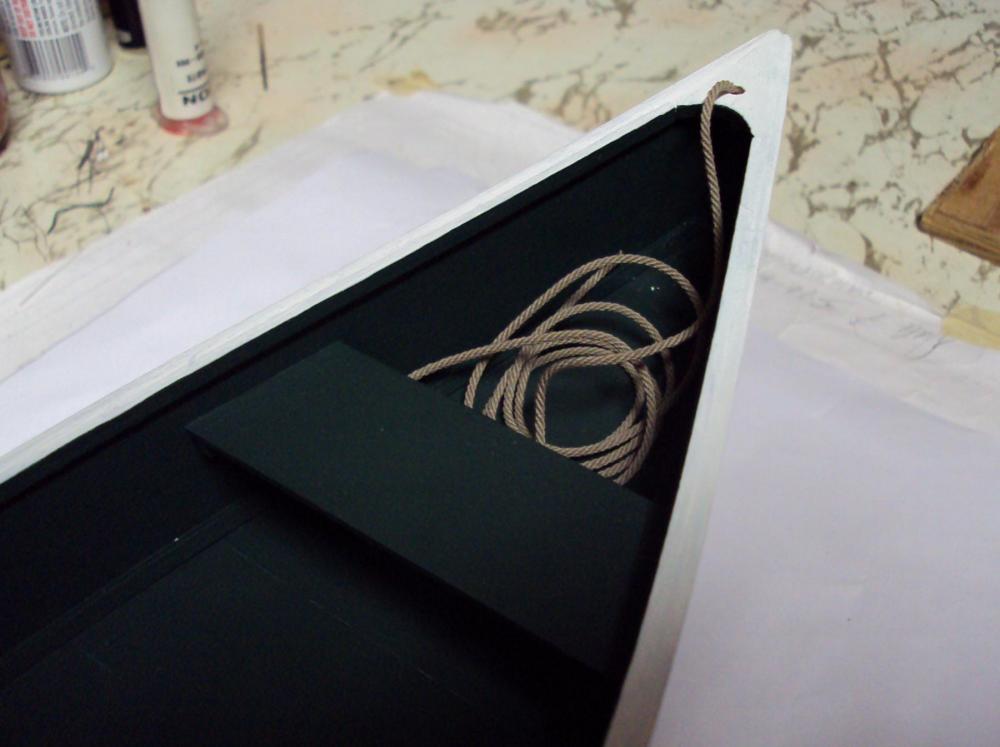
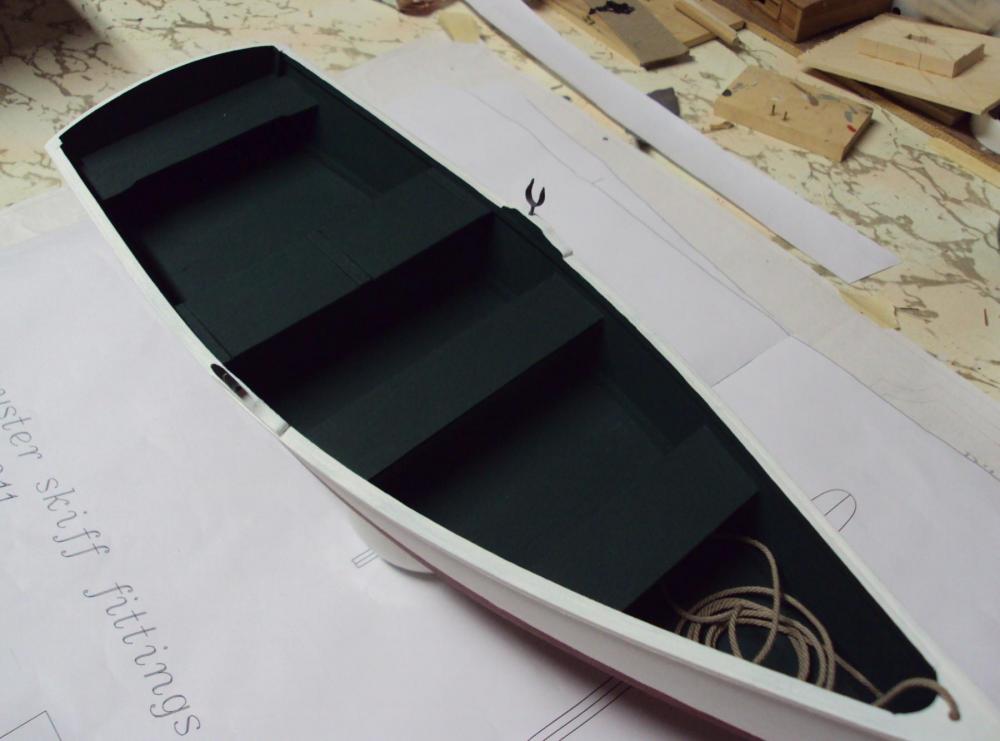
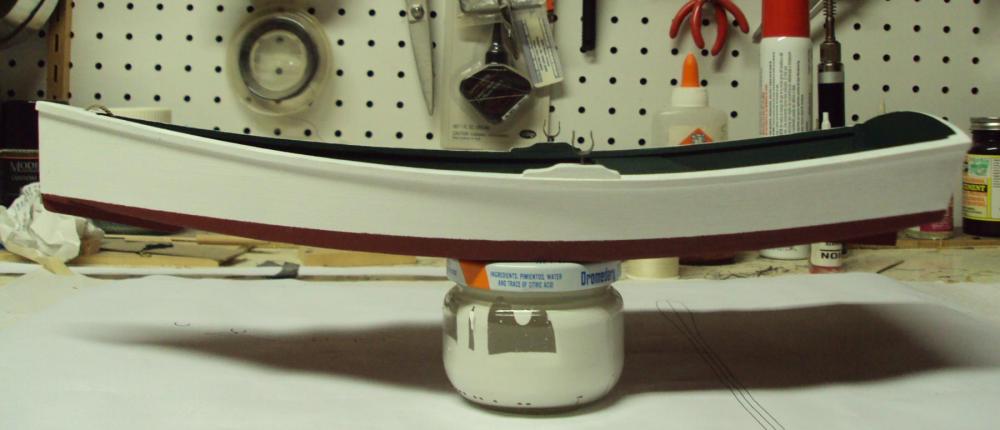
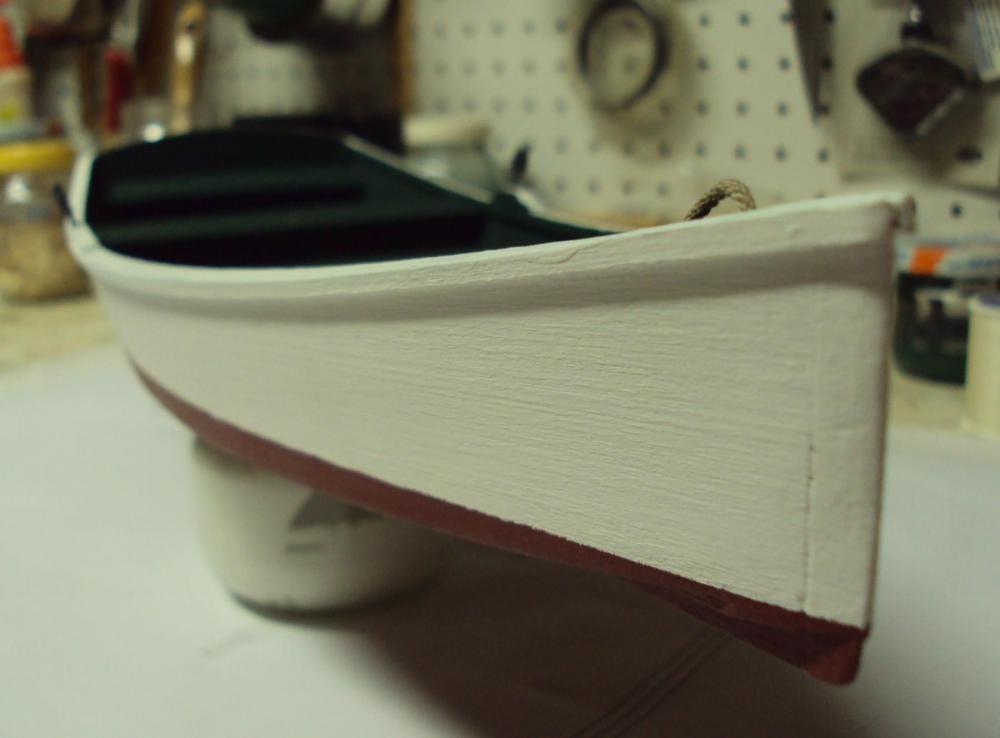
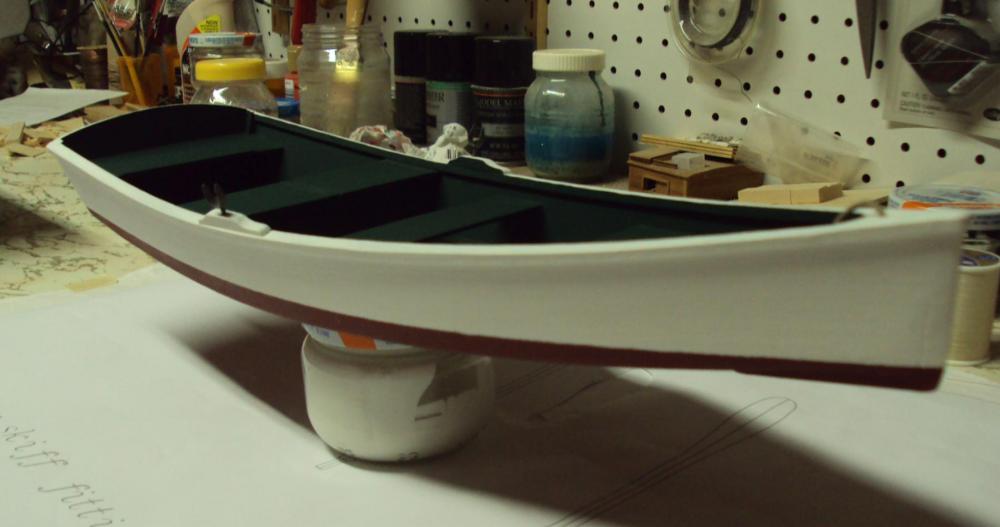
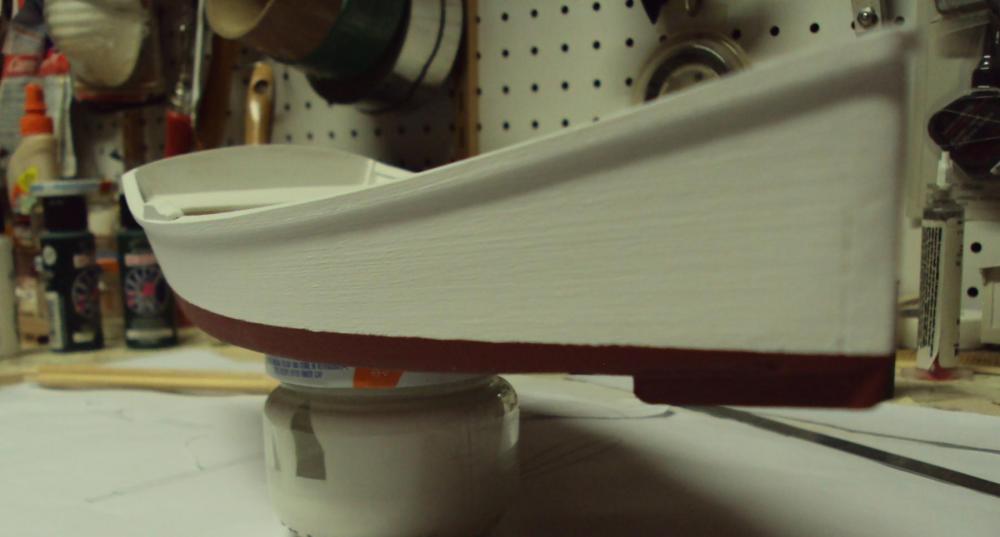
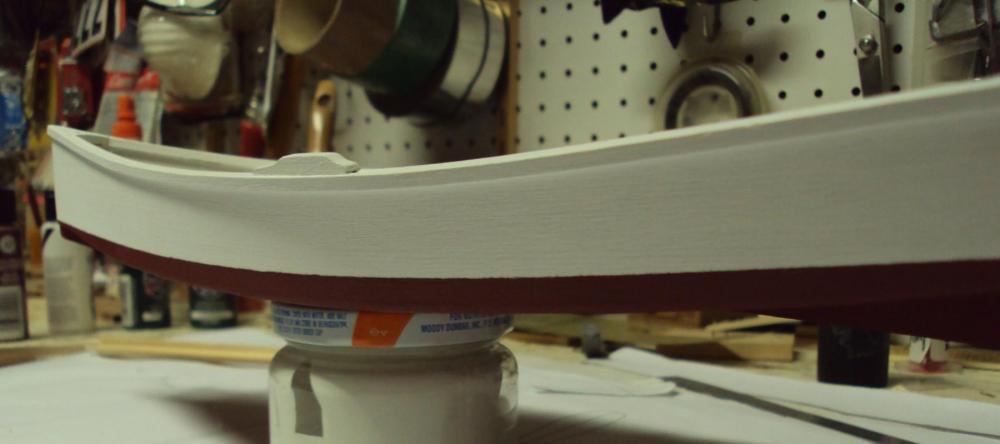
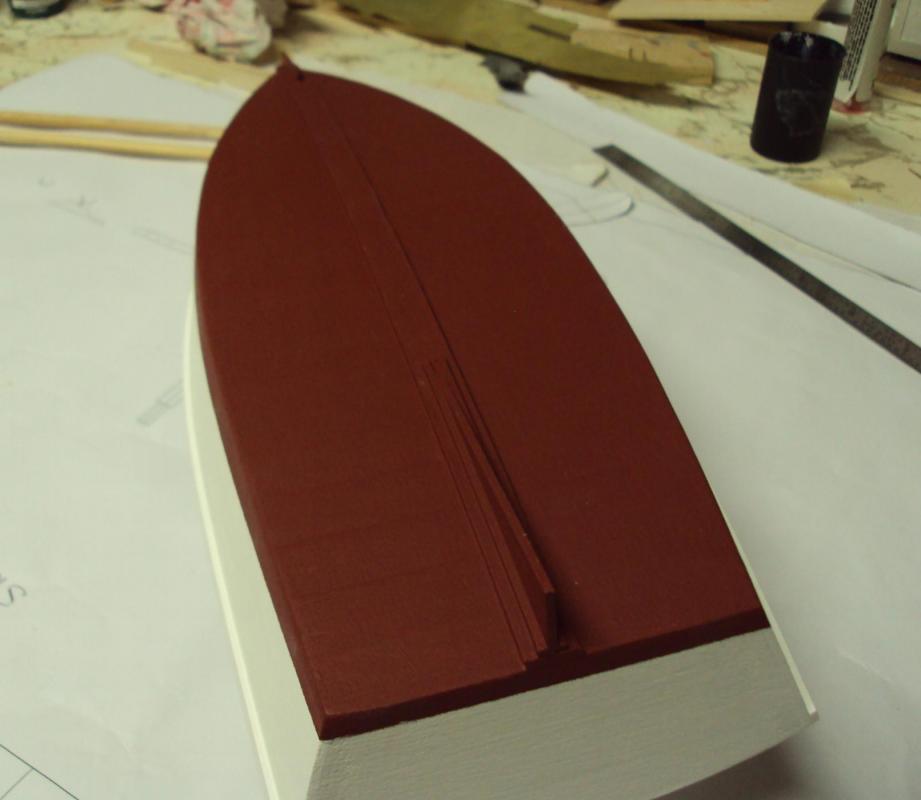
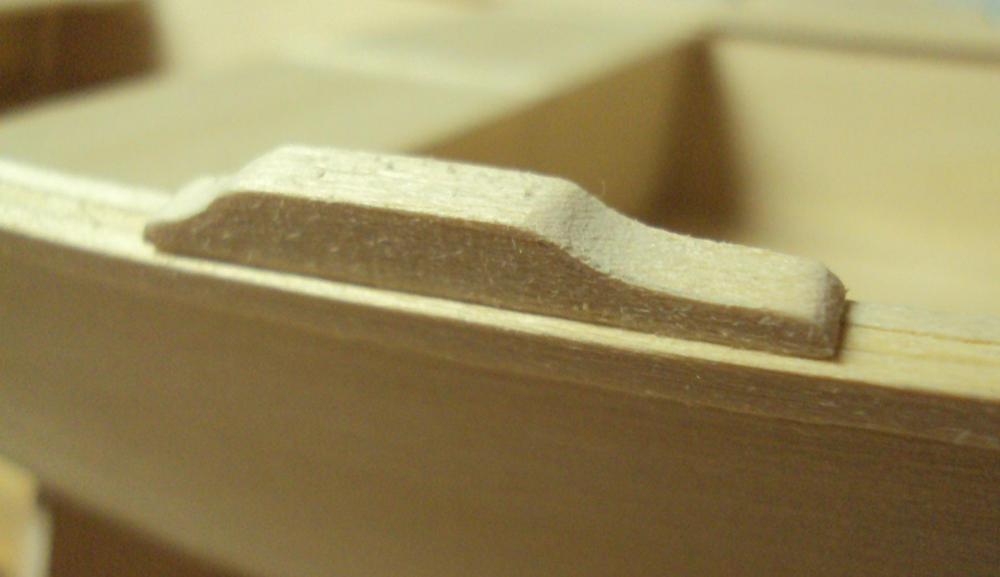
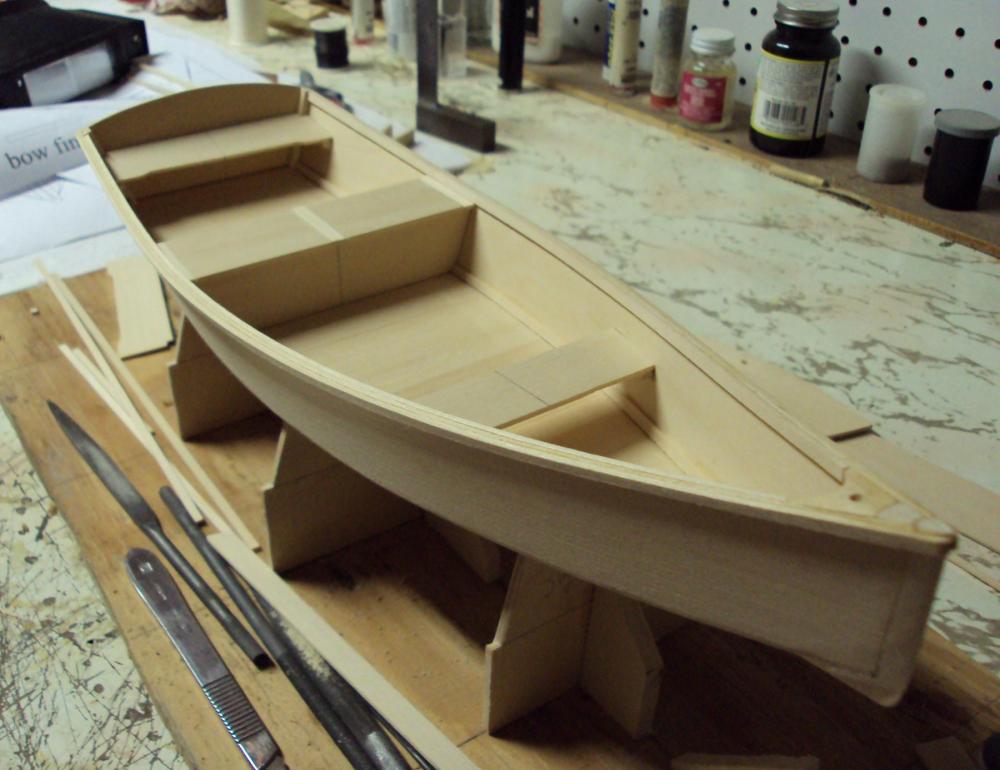
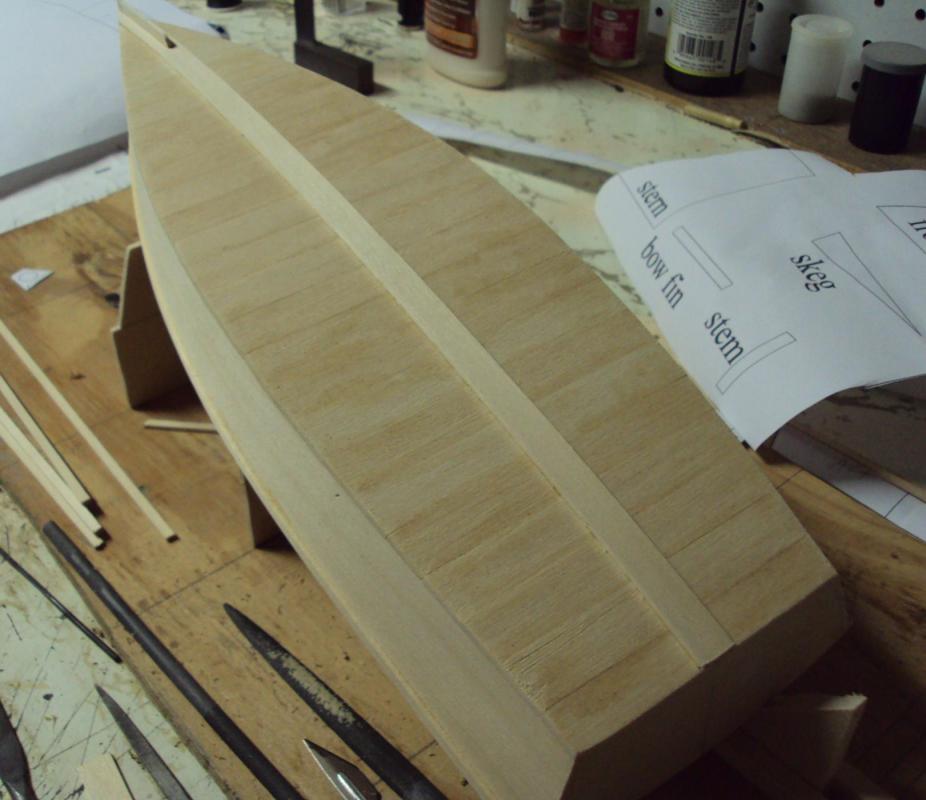
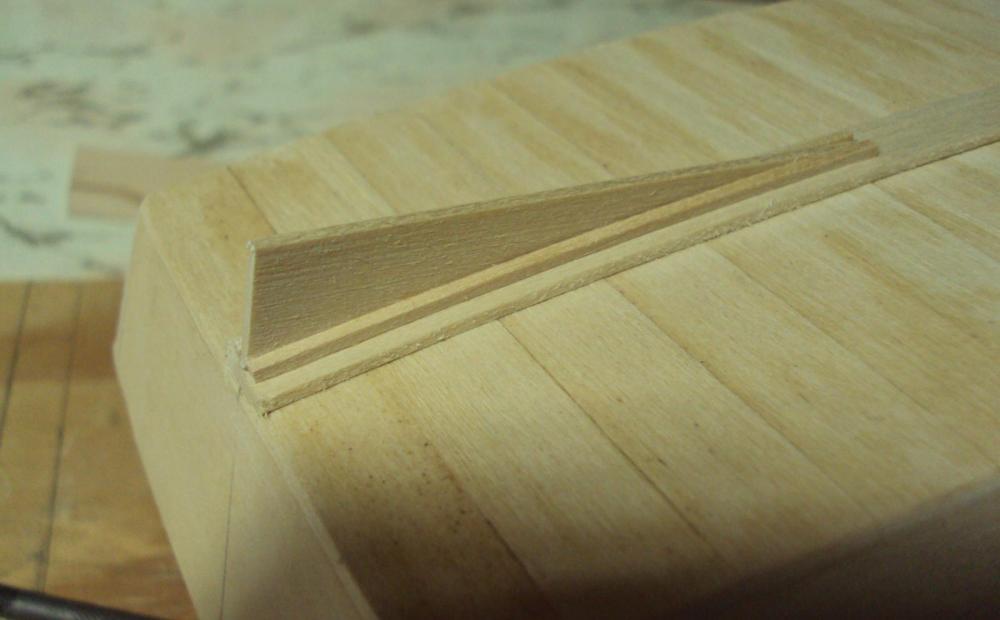
Byrnes thickness sander vs Micro Mark's
in Modeling tools and Workshop Equipment
Posted
The Byrnes thickness sander is the last one you will buy. It is a fine machine, made in America by a ship modeler who knows what we want and who will answer any questions you have about his tools. No regrets about spending few extra dollars.
Russ